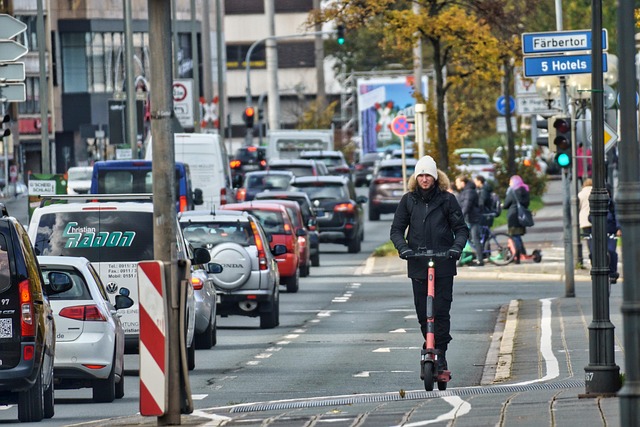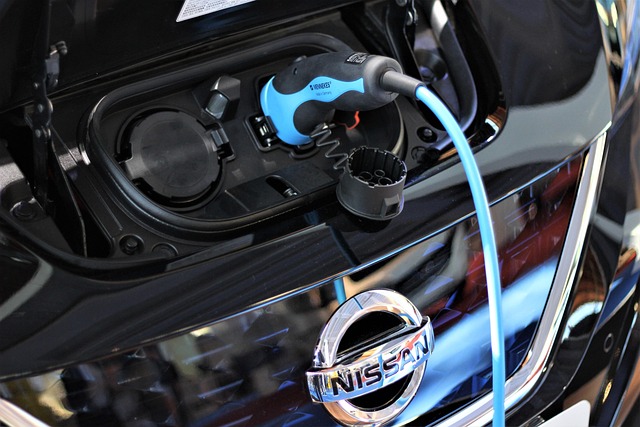As the world increasingly turns its attention to issues surrounding climate change and the need for sustainable living, the concept of transport sustainability becomes ever more crucial, particularly in rural areas. Rural communities often face unique challenges regarding accessibility, economic opportunities, and environmental sustainability. Implementing effective sustainability guidelines in these regions can bridge gaps and pave the way for a greener, more connected future.
Transport sustainability in rural areas is not merely a lofty ideal; it’s an essential component of longer-term development strategies. Such strategies need to encompass various facets, including energy-efficient vehicles, renewable energy use, and the promotion of alternative transport modes. Adopting these practices can significantly cut greenhouse gas emissions, improve air quality, and enhance overall community health.
One of the primary aspects of sustainable mobility guidelines revolves around enhancing public transport accessibility. In many rural areas, public transport options are limited, pushing residents to rely on personal vehicles. This reliance not only contributes to traffic congestion but also raises concerns over fuel consumption and greenhouse gas emissions. By investing in reliable public transportation systems, rural areas can decrease their carbon footprints while ensuring that all community members have access to educational, healthcare, and employment opportunities.
Furthermore, advocating for non-motorized transport options is essential. When walking and cycling become viable transportation methods, not only do we lower emissions, but we also promote healthier lifestyles. Communities could benefit from the construction of safe walking paths and cycling lanes that connect key locations—local markets, schools, and healthcare facilities—creating an intertwined network of mobility for residents.
Integrating renewable energy into transportation infrastructure offers another crucial pathway. For instance, utilizing solar panels to power charging stations for electric vehicles not only provides cleaner energy but also promotes the use of electric cars in rural locations. By incorporating sustainability guidelines that focus on alternative energy sources, rural communities can reduce their dependency on fossil fuels while fostering a more resilient energy economy.
However, the transition to sustainable mobility in rural areas is not just about infrastructure; it also requires community engagement. Residents should be empowered to participate in the development of these guidelines. When locals share their insight, they help tailor solutions that reflect their specific needs and values. For example, local workshops can facilitate discussions on mobility challenges, creating a collaborative environment where innovative solutions flourish.
Partnerships between local governments, businesses, and non-profit organizations are also pivotal. A collective approach encourages shared resources and expertise, ultimately resulting in more effective initiatives. For instance, educational programs can be launched to raise awareness about the importance of sustainable transport options. Likewise, incentives could be provided for businesses that support eco-friendly practices, such as employee carpooling or using sustainable transport modes.
In essence, the road towards sustainable mobility in rural areas hinges on actionable sustainability guidelines that consider the unique characteristics and needs of these communities. By fostering a multi-faceted approach that includes public transport enhancement, alternative transport promotion, renewable energy integration, community engagement, and strong partnerships, we can drive forward towards a sustainable future. The journey may be complex, but through collaboration and commitment, rural development can thrive while embracing sustainable mobility.



